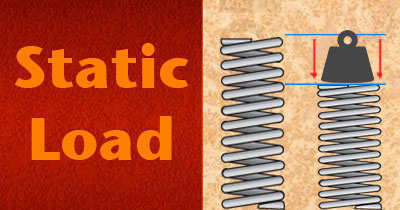
In order to conduct rapid experimental test on a reinforced concrete bridge population, the researchers proposed a method to determine the moment DFs for single-span-T-beam bridges ( Catbas et al., 2012). Similarly, a representative bridge population sample can be tested to be able to make decisions on the entire bridge population ( Catbas et al., 2005). A particular bridge can be tested to understand critical issues, and sometimes a sample representative bridge can be tested to address issues related to the similar bridge population ( Gokce et al., 2011).

The load test objectives may vary from case by case, and such a test may be needed on particular bridge or a population of similar bridges in question to make decisions such as bridge closure, bridge load posting, replacement, and retrofit.Ī general structural identification framework that also encompasses bridge testing was presented in detail along with utilization of field experimental and analytical studies for decision making ( Catbas et al., 2013). For example, AASHTO-MBE (2018) recommends load testing for structural condition rating of highway concrete deck bridges. Visual inspection, load-testing, structural health monitoring (SHM), non-destructive testing (NDT) and finite element (FE)-based structural modeling are commonly utilized to address issues related to a bridge or a population of bridges. Finally, the results from the current study reveal that use of experimental data can be utilized to obtain load rating with minimum interruption to bridge operations through computer vision technology and methods.īridge load testing is commonly employed to determine issues that cannot be easily resolved by visual inspection or simple analysis. The calibrated FE model of the bridge also indicated that the load carrying capacity of the bridge is adequate after repair. The modal properties were obtained to track changes in dynamic behavior due to stiffness and boundary effects as well as for finite element model calibration. Impact factors among all the cases were obtained much smaller than the one recommended by AASHTO standard (33%). Maximum deflections in static cases and dynamic cases were found to be within the limit calculated by (L/800) given in the AASHTO code.

Similarly, the load-rating factor (RF) calculated by AASHTO standard yielded to more conservative results comparing with the experimental FEM approaches using practical DFs. The results showed that the DF calculated by American Association of State Highway and Transportation Officials (AASHTO) standard gave more conservative results when compared with the experimental and FEM approaches. The DF and rating factor (RF) were also compared with those calculated according to AASHTO standard and FE model. Modal characteristics in terms of structural frequencies and mode shapes and impact factor (IM) were identified from the dynamic load test for different truck-load and speed cases, and finite element (FE) model. Static load test was carried out to determine the live load distribution factor (DF) and load-rating factor (RF) as well as serviceability by means of deflection limits. In this article, dynamic and static load tests of a concrete highway bridge, which is a deteriorated and repaired, are presented depending on displacement and strain data for engineering decision making about the operation of a critical bridge. 3Department of Civil Engineering, Ege University, İzmir, Turkey.2Department of Civil Engineering, Bartin University, Bartin, Turkey.1Civil, Environmental and Construction Engineering Department, University of Central Florida, Orlando, FL, United States.

Chuanzhi Dong 1, Selcuk Bas 1,2, Marwan Debees 1, Ninel Alver 1,3 and F.


 0 kommentar(er)
0 kommentar(er)
